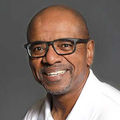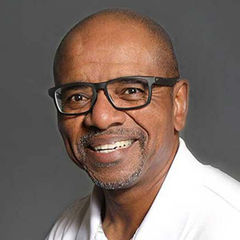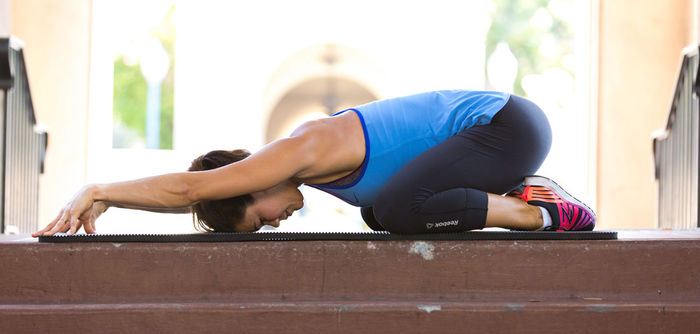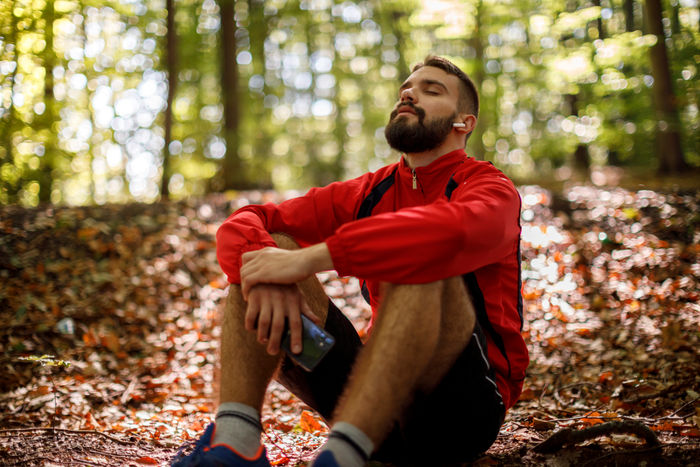The Physical Activity Alliance recently released The 2022 United States Report Card on Physical Activity for Children and Youth, the goal of which is to assess the levels of physical activity and sedentary behaviors in American children and youth. The Alliance also hopes to shed light on facilitators and barriers for physical activity, as well as health outcomes related to physical activity.
In addition to allowing for the tracking of key indicators over time, The Report Card is an advocacy tool that provides accountability and a call to action to implement new initiatives, programs and policies that support healthy environments and help improve the physical-activity levels of children and youth. This is the fourth Report Card, with previous editions being published in 2014, 2016 and 2018.
The Report Card uses an A through F grading system:
A = We are succeeding with a large majority (=80%) of children and youth
B = We are succeeding with well over half (60–79%) of children and youth
C = We are succeeding with about half (40–59%) of children and youth
D = We are succeeding with less than half but some (20–39%) children and youth
F = We are succeeding with very few (<20%) children and youth
INC = Incomplete, meaning there is insufficient or inadequate information to assign a grade
The committee assigned a letter grade in 10 different areas based on the evidence that reflects how well the U.S. is doing at providing children and youth with opportunities and/or support for physical activity. (Note that citations for the statistics listed below can be found in the Report Card linked above).
Overall Physical Activity: D–
- This grade of D– has remained consistent since the initial report in 2014.
- 21% of U.S. children and youth ages 6 to 17 meet the guideline of 60 minutes of physical activity every day. In addition, physical-activity levels drop significantly as kids get older, with 42% of 6 to 11 year olds meeting those guidelines but only 15% of 12 to 17 year olds doing so.
Active Transportation: D–
- This grade has increased slightly over time, from an F in 2014 and 2016 to a D– in 2018 and 2022.
- 38% of youth ages 12 to 19 walk or bike at least once per week to get to and from various placed in their communities, while 11% of youth ages 5 to 18 usually walk or bike to school. Youth from high-income households report less active transportation than those from lower-income households, with 34% and 46%, respectively, engaging in active transportation at least once in a typical week.
Organized Sport Participation: C
- This grade has increased slightly over time, from a C– in 2014 and 2016 to a C in 2018 and 2022.
- Among 6 to 12 year olds, 61% report playing a team sport and 53% report playing an individual sport at least once per year, and 38% report playing a team sport on a regular basis. This is another area where we see an income disparity, with 44% of children from high-income households and only 23% of children from low-income households playing a sport on a regular basis.
Active Play: INC
- There is no benchmark or guideline related to the level of active play among children and youth.
- Unfortunately, the committee found that only 10% of children 6 to 12 years old report spending time outdoors.
Sedentary Behaviors: D
- This grade was a D in 2014, and D– in 2016 and then a D in 2018 and 2022.
- 20% of U.S. children and youth ages to 6 to 19 adhere to the recommendation to have two hours or less of screen time each day, and this number drops significantly as kids get older, from 27% at ages 6 to 11 to 12% at ages 12 to 19.
Sleep: C+
- This is first time a grade was assigned in this area.
- Around two-thirds of U.S. youth get the age-appropriate amount of sleep on weeknights. This is yet another area with an income-related disparity, with youth in the lowest-income households reporting a higher prevalence of short sleep duration.
Physical Fitness: C–
- This grade has been improving over time, with an INC in 2014, a D in 2016 and a C– in 2018 and 2022.
- Among 12 to 15 year olds, 42% have adequate cardiorespiratory fitness levels.
Family and Peers: INC
- There are no data or benchmarks for the impact of family and peers on physical activity.
School: D–
- This grade has been falling over time, with a C– in 2014, a D+ in 2016 and a D– in 2018 and 2022.
- Among high school students, 26% attend physical education classes five days per week, with 52% attending at least once per week.
Community and Built Environment: C
- This grade has been falling as well, from a B– in 2014 and 2016 to a C in 2018 and 2022.
- 75% of 6 to 17 year olds live in a neighborhood with a park or playground and 65% live in a safe environment. Unfortunately, there are disparities in this latter number, with 72% of white children, 57% of Black children and 56% of Hispanic children living in safe environments.
In Conclusion
While it’s evident that this is not a report card any of us would want to bring home to our parents, there is some room for optimism. Federal, state and local governments have become increasingly involved in promoting physical activity and health living among children and youth through initiatives like Active People, Healthy Nation at the federal level, physical education strategies at the state level and the Active Communities Tool from the Centers for Disease Control and Prevention at the local level.
In addition, the Report Card offers a number of recommendations to help turn around some of the negative trends. Among those recommendations are several where health coaches and exercise professionals can play an important role, including community-based initiatives to raise awareness of the various health advantages of regular physical activity and less sedentary behavior for individuals, families and communities, as well as the implementation of mass-participation activities in public spaces that engage the entire community. Finally, ACE Professionals can advocate for, or take advantage of existing, community spaces that promote walking, cycling and other forms of active transportation.
 by
by 






